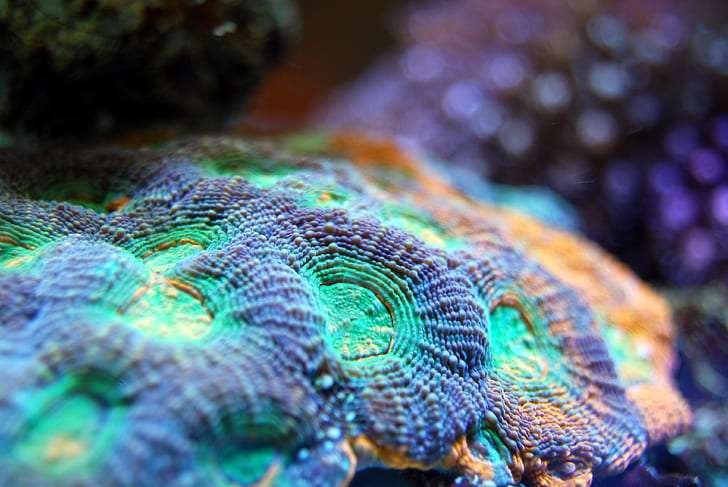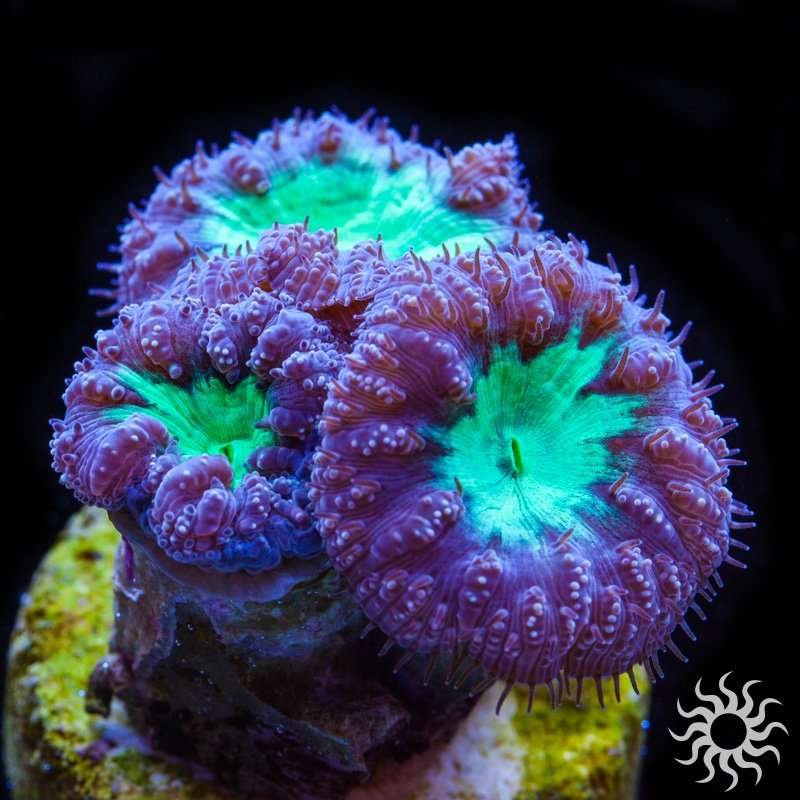The Acropora coral
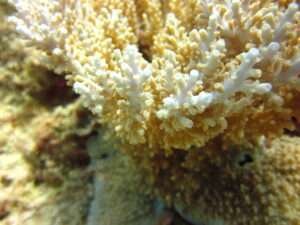
Highly valued in the world of SPS reefing are Acropora corals, which are also called Acros. They are the kings of reef tanks because there are so many kinds, from the well-known “Homewrecker” to the bright “Strawberry Shortcake.” Others say that keeping Acropora corals is hard, but with the right care and patience, they can do very well in reef tanks.
Small polyp stony (SPS) corals like Acropora grow quickly because they have light calcium carbonate shells and a fast metabolism. To make coral reefs, Acropora is needed, and it is very important to coastal communities. The Staghorn/Elkhorn Acropora and the Table Acropora are the most common types in the Indo-Pacific area.
Some Acropora corals are more delicate than others, even though they are usually tougher than other stony corals. As a result, you should make sure that your reef tank has the right circumstances for them to do well.
ACROPORA CORAL PLANTING
The best places for acropora are usually near the top or middle of most reef tanks, where there is good lighting and water flow. Placement depends on where your lighting source and powerheads are located. However, keep your Acro away from direct water flow.
Attaching the Acro to a rock in the aquascape is the best way to keep straight flow from happening and let it grow freely. If other corals get too close to your Acropora, it can get violent, so make sure there is enough room between your Acro and any other corals that could hurt it.
ACROPORA CORAL LIGHTING NEEDS
Your aquarium should have the right kind and amount of lights for Acropora corals because they have a fast metabolism.
While most reef tanks use fluorescent lighting, LED lighting is better for Acropora because it gives off high-intensity light that can be changed to meet the coral’s needs.
PAR (Photosynthetically Active Radiation) energy is an important thing to think about when picking LED lighting. Parameters (PAR) show how much light is available for photosynthesis. Your Acropora needs PAR to grow and stay healthy.
It depends on the type of Acropora coral and the amount of light it needs, but most of them need between 7 and 9 hours of light every day. To keep your Acropora from bleaching or dying, don’t put them in too much light.
Checking the coral’s growth and coloring will help you make sure it is getting enough light. Coral that is growing well and has nice colors is probably getting enough light. If the coral isn’t growing or has lost its color, you might need to change the tank’s lights or water flow.
REQUIREMENTS FOR ACROPORA CORALS’ WATER FLOW
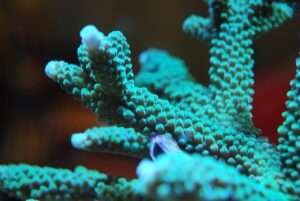
High water flow is important for Acropora corals to stay healthy and grow. Their natural habitat is places with strong waves and water flow. Keeping your Acropora healthy in its tank means making sure it gets enough water flow.
We recommend using a powerhead or wave maker to make the water flow rough around the coral. If you direct water straight onto coral, the tiny polyps could get hurt.
Aquatic plants like Acropora are sensitive to changes in the water’s pH, so it’s important to keep the water in your tank calm and within the right range of conditions. The conditions that provide the best water for Acropora corals are these:
pH: 8.0 to 8.4; Temperature: 75 to 82 °F; Salinity: 1.025
Alkalinity: 8 to 12 dKH
Calcium levels are 400 to 450 ppm
Magnesium: 1250, 1350 parts per million
Nitrate: 10 ppm or less
PHOSPHATE: <0.01 ppm
For optimal results, it is recommended that you test your water on a daily basis. Adding calcium or magnesium tablets may be needed to fix your tank if the factors aren’t in the right range.
Feeding Acropora corals
Photographic organisms, like Acropora corals, get their energy from light. Nevertheless, they need extra nutrients to stay healthy and continue to grow. Aquatic Acropora corals eat plankton and other small animals in the wild.
Provide your Acropora with phytoplankton or other small food bits to make sure it gets enough minerals. When you feed your fish too much, the water quality will drop and algae will grow in your tank.
FREQUENT ACROPORA DISEASES
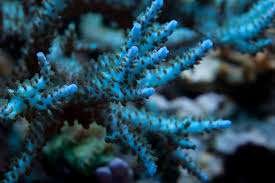
Many illnesses can affect acropora corals, including black band disease, brown jelly disease, and white band disease. Issues like bad water quality, worry, and injuries can lead to these diseases.
Staying away from things that stress out your Acropora and keeping the water quality high are the best ways to keep these diseases at bay. The spread of illness can also be stopped by keeping any new corals in a quarantine area before adding them to your tank.
Overall, Acropora corals are lovely additions to any reef tank, but they need extra care and attention. Please read this guide carefully so that you can take good care of your Acropora and enjoy it for many years.

